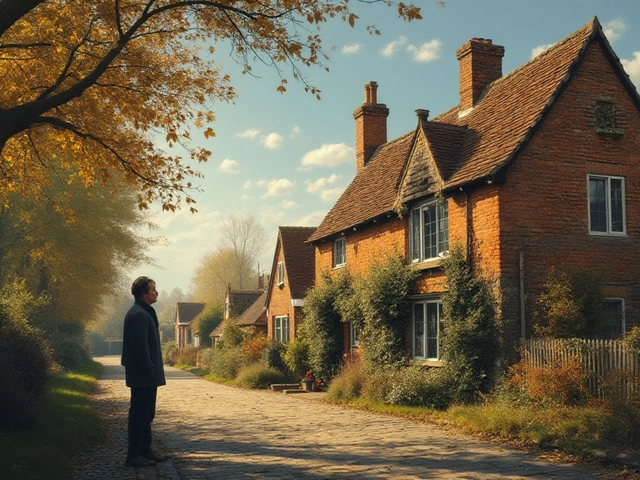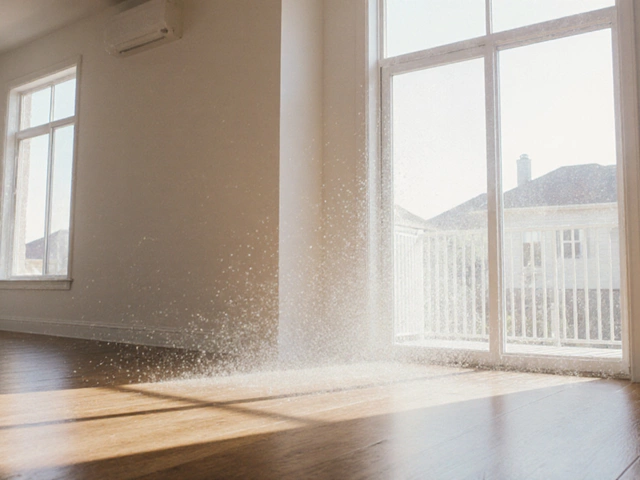Major Foundation Issues: How to Spot, Understand, and Fix Them
If you notice doors that stick, windows that won’t close, or cracks spreading across walls, your foundation might be sending a warning. These problems aren’t just cosmetic; they can threaten the safety of your whole house. Below, we break down the most common signs, why they happen, and the steps you can take before the issue becomes an expensive nightmare.
Common Signs of a Bad Foundation
First, look for cracks that are wider than a hairline. Diagonal cracks in brick or concrete often mean the soil is pushing or pulling the slab. Gaps around door frames, uneven floors, and sloping ceilings are also red flags. If you see water pooling near the foundation after rain, that’s a drainage issue that can accelerate movement. Finally, listen for creaking noises when you walk across the floor – the house is shifting under you.
These symptoms usually tie back to three main causes: soil movement, water pressure, and poor construction. Expanding clay soils swell when wet and shrink when dry, pulling the foundation in different directions. Bad drainage or a broken French drain lets water collect against the footings, increasing pressure. And if the concrete wasn’t poured correctly or the footings are too shallow, the structure simply can’t handle the load.
When to Repair vs. Replace
Not every crack means you need to rip out the whole foundation. Small, hairline cracks can often be sealed with epoxy or polyurethane. For moderate movement, installing steel piers or carbon fiber straps can level the house without a full rebuild. However, if the foundation has sunk more than an inch, or you see large, vertical cracks spanning multiple walls, replacement may be the only safe choice.
A good rule of thumb: if the problem is localized and the house still feels solid, repair. If the entire structure is uneven, doors swing open on their own, or you notice cracks spreading rapidly, bring in a structural engineer. Their report will tell you whether a repair will hold long‑term or if a new foundation is the only viable option.
Either way, act quickly. The longer water sits against the footings, the more the soil expands and the harder the repair becomes. Simple steps like regrading the yard, adding downspout extensions, and installing a proper drainage system can buy you time and lower repair costs.
Bottom line: major foundation issues are serious, but they’re also manageable when you know the signs and choose the right solution. Keep an eye on cracks, watch for water, and don’t wait for the problem to get bigger. With the right inspection and timely action, you can protect your home’s value and avoid costly rebuilds.
Understanding Major Foundation Repair: Key Aspects Explained

Major foundation repair involves extensive work to address serious structural issues that threaten a building's safety and integrity. These problems often manifest as large cracks, sinking, or severe water damage, and require professional evaluation and intervention. Understanding the signs of major foundation issues and the solutions available can help homeowners protect their investment and ensure a safe living environment. This article delves into the types of major repairs, methods for rectifying these issues, and tips on maintenance to prevent future problems.
read more



